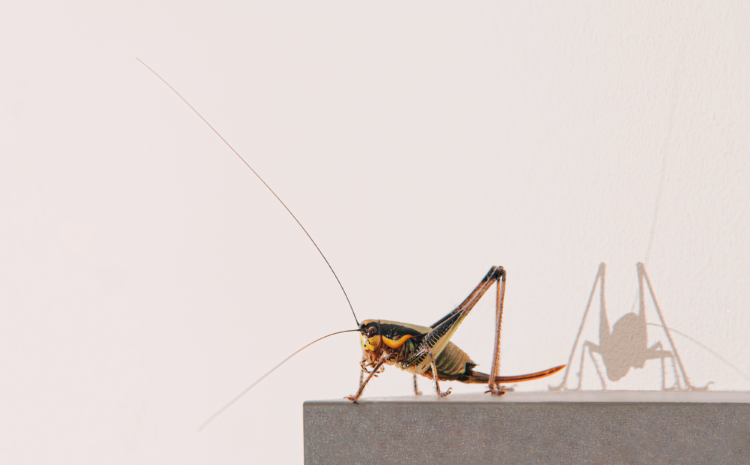
Crickets and Pest Control: How to Keep These Noisy Pests at Bay
If you’ve ever been kept awake by the persistent chirping of crickets outside your window, you know just how frustrating these tiny invaders can be. While crickets are typically associated with the peaceful sounds of summer nights, they can also pose problems when they make their way indoors. Understanding how to manage crickets through effective pest control methods is key to keeping your home quiet and pest-free.
The Cricket Invasion
Crickets, particularly house and field crickets, are common household pests that tend to seek shelter indoors when temperatures start to drop in the fall. While they’re not inherently harmful, crickets can damage fabrics, chew on paper, and generally cause a nuisance with their loud chirping.
Why Do Crickets Enter Your Home?
Crickets are attracted to warm, moist environments with plenty of food sources. These can include small cracks in windows, open doors, and even gaps in the foundation of your house. If you have cluttered storage spaces or damp areas in your home, you may be providing the perfect environment for crickets to thrive.
Why Control Crickets?
Though crickets are generally harmless to humans, they can cause several problems indoors. Their feeding habits can damage fabrics like silk, wool, and cotton. Additionally, their incessant chirping can disrupt sleep and peace, particularly if they have found their way into your bedroom.
What Crickets Eat:
Crickets primarily feed on organic materials, including plant matter, fungi, and decaying insects. Inside homes, they may munch on fabrics, paper, and even pet food.
Effective Pest Control Methods
If you want to prevent crickets from turning your home into their personal concert hall, there are several effective strategies you can use to manage them.
1. Seal Entry Points
The first line of defense in pest control is exclusion. Crickets, like many pests, find their way into your home through tiny gaps and cracks. To keep them out, inspect your home’s doors, windows, and foundation for any potential entry points. Use caulk or weather stripping to seal any gaps. You can also install mesh screens over vents and windows to prevent crickets from sneaking inside.
2. Reduce Moisture
Crickets are drawn to moisture, so it’s essential to control humidity levels in your home. Fix any leaky pipes, reduce moisture in your basement or crawl spaces, and make sure your home is properly ventilated. Consider using a dehumidifier if necessary.
3. Declutter and Clean Regularly
Crickets are known to hide in dark, quiet spaces. Keeping your home clean and clutter-free removes their hiding spots and discourages them from settling inside. Vacuum regularly, especially in basements and attics, and keep storage areas tidy.
4. Outdoor Lighting Adjustments
Crickets are attracted to bright lights at night, which can lure them closer to your home. Opt for yellow, sodium vapor, or LED lighting that is less attractive to crickets. Keep outdoor lighting to a minimum or use motion-sensor lights to reduce cricket attraction.
5. Use Traps and Baits
If crickets have already invaded, traps and baits can help reduce their numbers. Sticky traps placed in cricket hotspots can capture them. Additionally, commercial cricket baits, which contain attractants and insecticides, can help to eliminate any lingering pests.
6. Call in Professional Help
For severe cricket infestations, it’s best to call a professional pest control service. They can provide targeted treatments to eliminate the problem and offer advice on how to prevent future invasions.
Natural Remedies for Cricket Control
If you prefer eco-friendly solutions, there are a few natural remedies to keep crickets in check:
- Diatomaceous Earth: Sprinkling this natural, non-toxic powder around the perimeter of your home can create a barrier that kills crickets by drying out their exoskeletons.
- Essential Oils: Certain essential oils, such as peppermint or lemon, can act as natural repellents. Mixing a few drops of these oils with water and spraying it around potential entry points can help keep crickets at bay.
- Predators: If you’re a gardener, encouraging natural predators such as spiders, birds, or even lizards in your yard can help reduce cricket populations.
While crickets may seem like harmless visitors at first, their presence inside your home can lead to noise pollution, damage to fabrics, and general discomfort. Taking steps to prevent their entry and reduce their population is key to maintaining a peaceful, pest-free home. With a combination of practical strategies and professional pest control options, you can ensure that the only place you hear crickets is outside on a warm summer evening.
